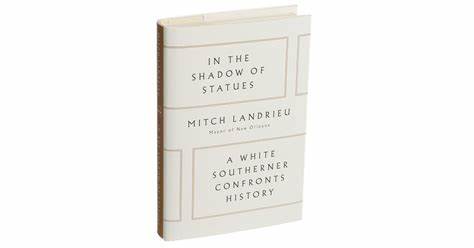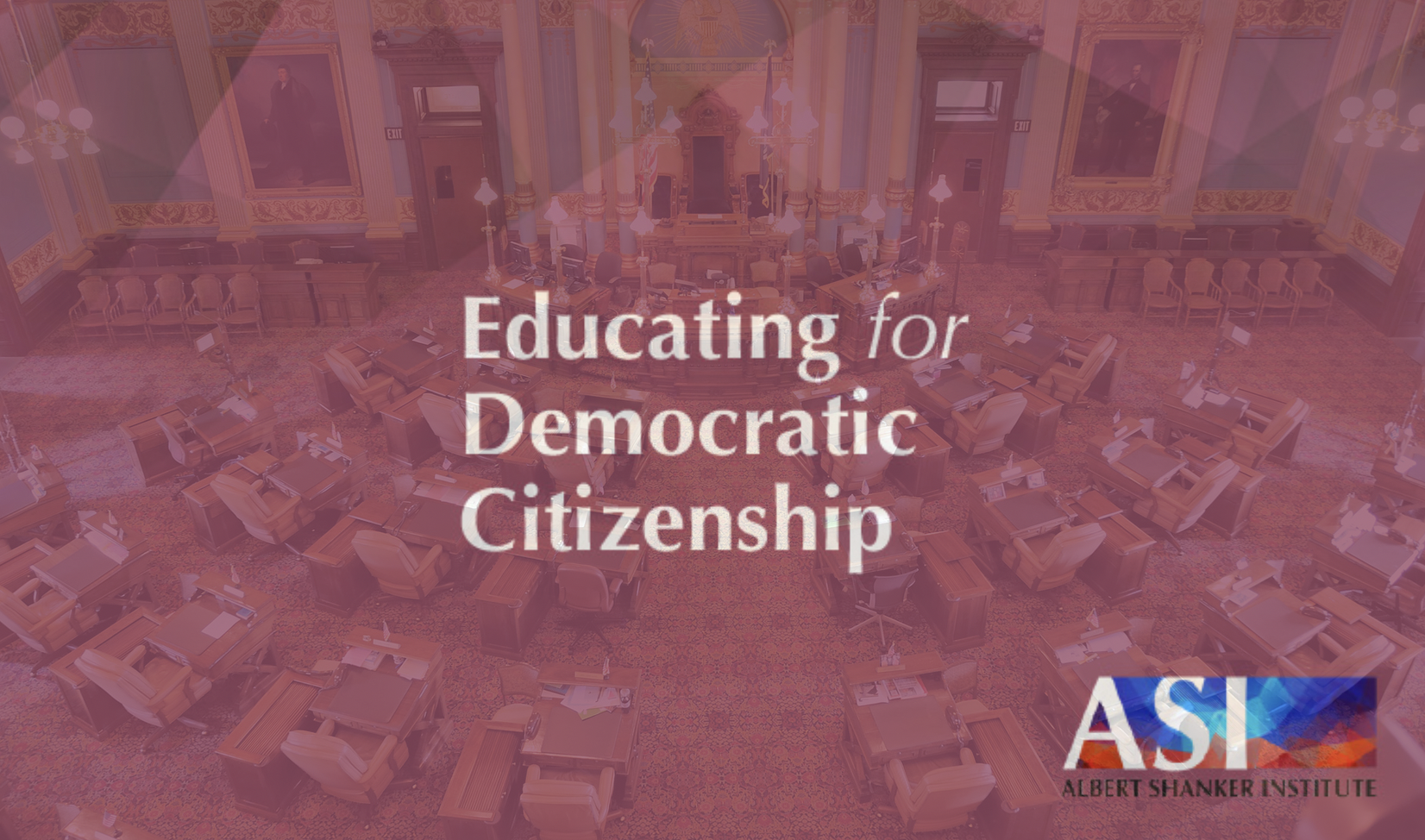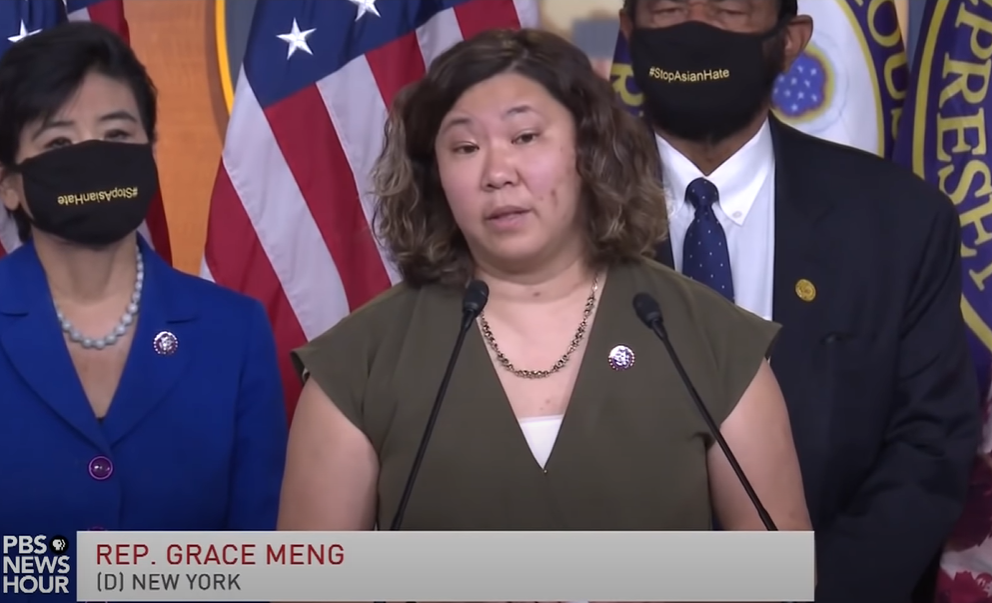About This Lesson
ESSENTIAL QUESTION: SHOULD WHITE SUPREMACISTS BE CONSIDERED DOMESTIC TERRORISTS?
Objectives: SWBAT analyze, evaluate, source and annotate excerpted primary and secondary source complex texts regarding the white supremacy as domestic terrorism (a federal crime) toward skill building for the long-extended essay portion of the AP American History.
Citations:
BOOK: Landrieu, Mitch (2018) In the Shadow of Statues: A White Southerner Comforts History. NEW YORK: Viking Press (Pgs. 57-89)
WARM UP VIDEO: In the Shadow of Statues – Mitch Landrieu (March 26, 2018)
https://www.c-span.org/video/?442973-1/in-shadow-statues
NEWSPAPER ARTICLE:
It’s Time For Congress to Make Domestic Terrorism a Federal Crime – Lawfare, December 5, 2018
https://www.lawfareblog.com/its-time-for-congress-make-domestic-terrorism-federal-crime
HATE CRIME ORGANIZATION WATCHLISTS:
https://www.splcenter.org/hate-map
https://www.fbi.gov/investigate/civil-rights/hate-crimes
MAGAZINE ARTICLE:
The First White President – The Atlantic – October 10, 2017















